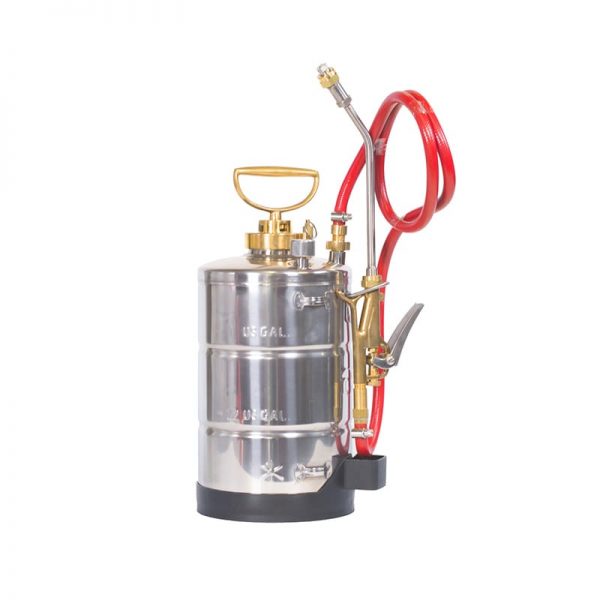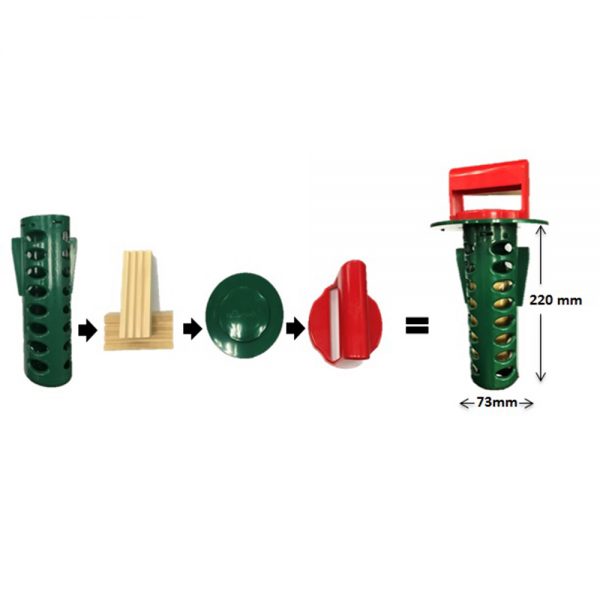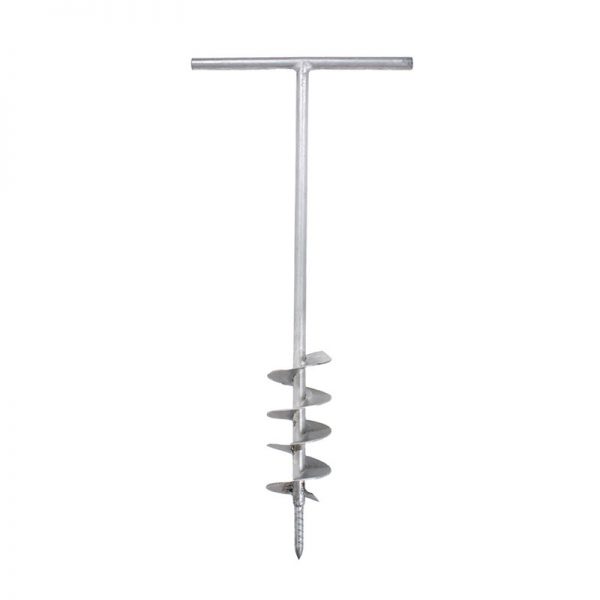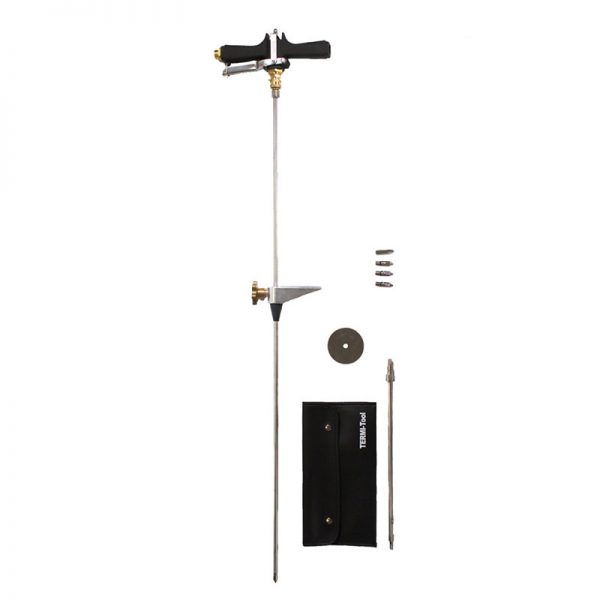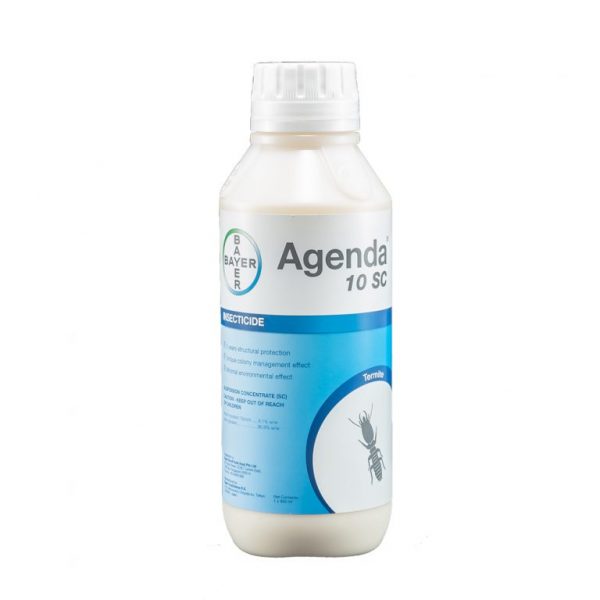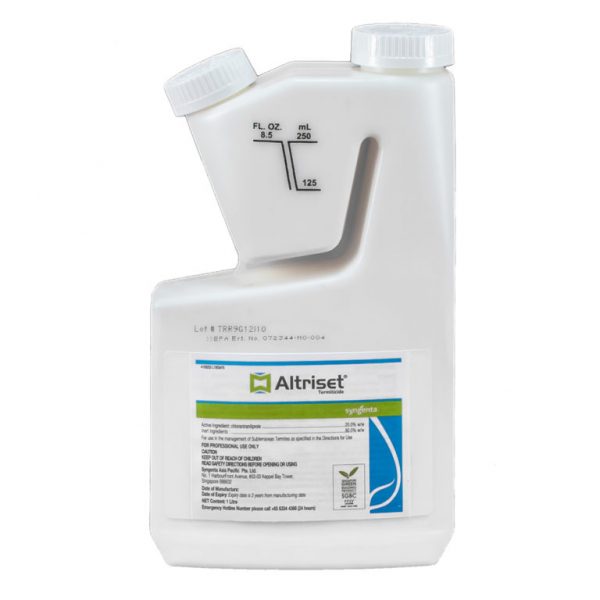TERMITES
TERMITE FACTS
Termites also known as 白蚂蚁 or white ants, are silent destroyers. The 3 most common groups of termites found in Singapore are Subterranean Termite (Coptotermes spp.), Drywood Termite (Cryptotermes spp.) and Dampwood Termite (Neotermes spp.).
Subterranean termites are by far the most destructive species of termite as they eat 24 hours a day, 7 days a week. Termites feed on anything that contains cellulose material found in wood. In buildings, they create galleries in the wood, which weakens the timber and causes unsightly structural damage.
Subterranean termite, Coptotermes gestroi, causes approximately 90% of termite-related damage in Singapore, making them the most worrisome pest species. This damage, however, often goes unnoticed for many years. Because they slowly eat away at the wood inside your home, often without your knowledge, termite damage often severely impacts the structural integrity of your home.
Most home insurance may not cover damages caused by termites, leaving homeowners at risk of expensive repair bills. Many homeowners also do not realize that sellers are almost always responsible for covering termite damage during the sale of a home. Homeowners can get peace of mind with a termite warranty which guarantees that the pest control company will continuously inspect your home and make sure that new infestations are caught before they can proliferate.
Each termite managemnt company varies in what is included in their termite warranty but they generally include an agreement for annual termite inspections during the lifetime of the warranty, an agreement to provide treatment if termites are discovered, and in some cases an agreement to repair damages. Not all homes, however, qualify for these repair warranty so always check with your termite control provider about this.

METHOD OF TREATMENT FOR TERMITES
Protecting your property from termite infestation using termiticide remains the most effective method in termite management. An eco-friendly, safe, and effective termite control can be achieved by applying soil barrier treatment and termite baiting system.
The 5 to 7 years Termite Protection Program using Altriset, Agenda, Premise and Optigard Termite Liquid can be applied for soil termite barrier treatment which is also known as pre or post construction treatment. In most cases, termiticide application can only be properly performed by a trained pest management professional.
Soil termite barrier treatment can be applied as:
1) Pre-construction treatment (Soil Treatment) – Arguably, this is the best way to carry out termite protection during the construction phase of a structure or building. Treat the soil with a non-repellant termiticide on the soil before the concrete slab is layed. Our termiticides bind strongly with the soil for long lasting protection and reduce the risk of termiticide leeching into the environment.
2) Post-construction treatment (Corrective treatment) – A thorough inspection is performed on the premises to understand the the termites activities which affect the property owner. The aim is to produce a treated zone between the property and subterranean termites to control the above and below ground termites. It requires drilling holes on floor slab (on pillar, along the perimeter of the walls, around pipings, or locations where subterranean termites most likely will attack) at regular intervals and injecting diluted liquid termiticide into the holes to create a termiticide barrier under and around building.
3) Termite Baiting control has evolved significantly in recent years, and termite bait treatment has been popularised versus the conventional soil termite barrier treatment. It is non-invasive to your property (drill free), typically costs lesser compared to injection methods and is an environmentally friendly defence against termite infestations. Termite baiting employs a very different approach where it consists of cellulose material, combined with a slow-acting insecticide which disrupts the normal growth process in termites. Within weeks of ingesting the bait, termites die while attempting to molt. The delayed-action enhances transmission of the lethal ingredient to nest mates through trophallaxis, including those that never fed direct on the bait. Entire colonies can be eliminated in this manner. Warranty of treatment may vary in services offered by pest management professional.
Exterminex™ is one of the most attractive termite baits available. A natural form matrix containing a highly refined most preferred physical form of alpha cellulose base that is fortified with alluring compounds and feeding stimulants. It is easy to install and preferred by most property owners.
What Should You Do? It is important to seek professional advice once termite infestations are detected. Termites are hard to control as they are colony insects and crytic in nature. Most off-the-shelf products such as aerosol only deal with termites on the surface and not the main colony which is source of the infestation. Effective termite pest control measures such as termite baiting, soil termite barrier (pre and post construction treatment) would require trained pest management professionals.

Yes. The most common type is the asian subterranean termite (Coptotermes gestroi) which contribute more than 90% of all termite attacks. Other species found in Singapore are drywood termites and dampwood termites.
The key indicators of termite activity are damage to wood structures, hollow sounds from wood, presence of termite mudtubes, droppings or frass.
The most efficient and effective method to get rid of termites around the house is termite baits as these have evolved to be a powerful solution, that can be easily installed.
Termites are primarily attracted to damp, water damaged or moisture-rich wood. They create their colony in these humid environments as these provide them with long-term food, and shelter.
SIGNS OF TERMITE INFESTATION
A termite infestation can be identified by:
1) Damage to wood structure – Observation of damage on the wood flooring (flooring or skirting boards), wooden ceiling damage (wooden ceiling, beams, wooden frames in attics) and wooden walls.
2) Hollow sounds from wood – If it’s termite damage, knocking or tapping over the damage wood would produce a hollow sound, as this would mean that the internal part of the wood/timber has been consumed by the termites.
3) Presence of termite mud tubes – These are the “shelter” tubes constructed by termites, which protect them from dehydration when they travel above ground. These mud tubes are made of small particles of soil, sand and faecal material with saliva.
4) Termite presence – When removing small parts of the damaged wood or small parts of the mud tubes – Usually the worker and soldier termite will emerge out.
5) For drywood termites, termite droppings can be observed – drywood termite infestations always leave behind droppings or frass.

TYPES OF TERMITES
In a termite colony, there are immatures (nymphs and larvae), alates reproductives (swarmers), soldiers and workers. Worker termites are the most abundant in the colony and they are involved in gathering food, feeding other castes, grooming, making tunnels and excavating the nests. Soldier termites are involved in colony defence and usually gather at the opening of the nest or mud tubes for defence. Termites can be classified under three groups:
1) Drywood Termites
Drywood termites are a pest of drywood (e.g. structural timber in buildings). They do not rely a lot on moisture sources and do not need soil for survival.
2) Dampwood Termites
Dampwood termites often feed on decayed food from rotting logs, timbers buried or stumps of old trees.
3) Subterranean Termites.
Subterranean termites, on the other hand, construct their nests in the soil and heavily rely on moisture for survival. They utilise mud tubes to prevent dehydration when they travel above ground to search for cellulose food sources.
The species of subterranean termite which commonly attack buildings and structures is Asian Subterranean Termites, Coptotermes gestroi. They are the most damaging to buildings and structures, among the three groups of termites described. This species is a cryptic species and they do not build mounds. Hence, it is often difficult to determine their presence because they forage under the soil, unless a complete termite monitoring system is set up around the building. Coptotermes gestroi contribute about >90% of all subterranean termite attacks. Other common structural infesting subterranean termites are:
- Coptotermes curvignathus
- Coptotermes kalshoveni
- Schedorhinotermes spp.
Other major subterranean termite species are the mound-building species, such as Macrotermes carbonarius, Macrotermes gilvus, Microcerotermes crassus, Microcerotermes dubius and Globitermes sulphureus. These mound-building termite species do not attack buildings or structures often, and contribute less than 10% of the total attacks from subterranean termites.
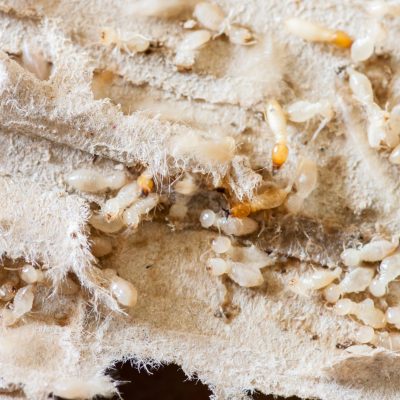

 CHEMICALS
CHEMICALS